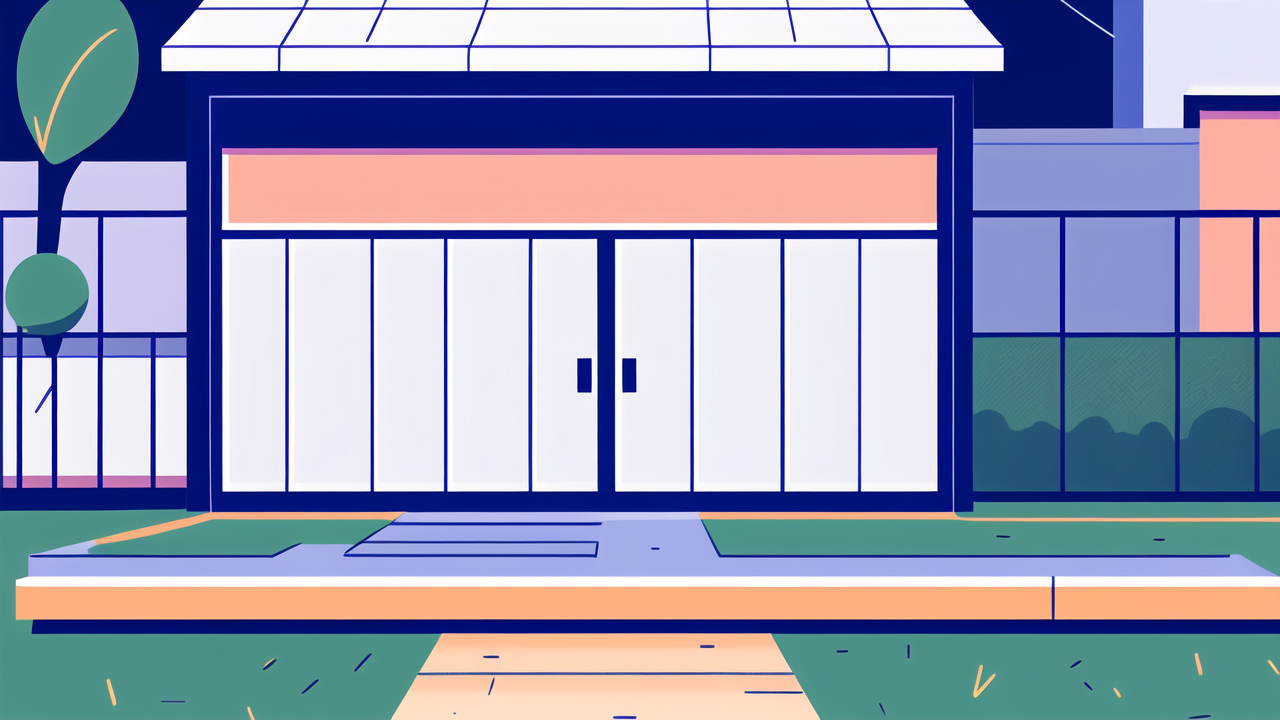Understanding the Legal Aspects of Fence Installation in the United States
Navigating Zoning Laws for Fence Installation
Before starting your fence project, it's crucial to understand local zoning laws. These laws vary by area and can affect your fence's height, style, and placement. Check with your local zoning office for specific rules. Some common regulations include:

- Maximum fence height (often 6 feet for backyards, 4 feet for front yards)
- Setback requirements from property lines
- Restrictions on materials or designs
Always confirm property boundaries to avoid disputes with neighbors. Consider hiring a surveyor if you're unsure. It's better to be safe than sorry when it comes to property lines.
The Importance of Building Permits and Compliance
Most areas require a building permit for fence installation. This ensures your project meets safety standards and local codes. To get a permit:
- Visit your local building department
- Submit detailed plans of your fence project
- Pay any required fees
- Wait for approval before starting work
Compliance is key. Skipping permits can lead to fines or forced removal of your fence. It's not worth the risk. Be sure to follow all guidelines provided with your permit.
Selecting the Right Materials and Design for Your Modern Fence
Choosing High-Quality Materials for Durability and Maintenance
The right materials can make or break your fence project. For a modern look, consider these options:

- Aluminum: Lightweight, rust-resistant, and low-maintenance
- Composite: Eco-friendly, durable, and weather-resistant
- Steel: Strong, long-lasting, and sleek
Each material has pros and cons. Think about your climate, budget, and maintenance preferences. High-quality materials may cost more upfront but can save money in the long run through reduced upkeep.
Designing a Modern Fence that Meets Aesthetic and Functional Requirements
A modern fence should blend style with function. Consider these design elements:
- Clean lines and minimalist patterns
- Horizontal boards for a contemporary look
- Mixed materials like wood and metal
- Strategic lighting for added ambiance
Think about your privacy needs and the overall look of your home. A well-designed fence can boost curb appeal and property value. Don't be afraid to get creative while keeping functionality in mind.
Step-by-Step Instructions for Installing a Modern Fence
Preparing the Ground: Tilling and Staking for a Sturdy Fence
Proper ground preparation is crucial for a long-lasting fence. Follow these steps:

- Mark your fence line with stakes and string
- Call 811 to check for underground utilities
- Clear the area of rocks, roots, and debris
- Level the ground as much as possible
- Dig post holes to the proper depth (typically 1/3 of post height plus 6 inches)
Take your time with this step. A well-prepared foundation will prevent future issues with your fence. Use a post hole digger or auger for easier digging.
The Installation Process: Techniques and Tips
Now it's time to install your fence. Here's a basic overview:
- Set corner posts first, ensuring they're level and plumb
- Install line posts between corners, using a string line for alignment
- Attach rails to posts according to your fence design
- Secure fence panels or boards to the rails
- Install any gates, making sure they swing freely
Work methodically and check for level and plumb often. Don't rush this process. It's better to take your time and get it right the first time.
Final Touches: Caulking and Post-installation Maintenance
Once your fence is up, finish with these steps:
- Apply caulk to any gaps or joints to prevent water damage
- Paint or stain the fence if desired
- Clean up the work area and dispose of debris properly
For ongoing maintenance:
- Inspect your fence regularly for damage
- Clean it annually with a gentle cleaner
- Touch up paint or stain as needed
- Tighten any loose hardware
With proper care, your modern fence will look great for years to come. Remember, a little maintenance goes a long way in preserving your investment.
Installing a modern fence can transform your outdoor space. It adds privacy, security, and style to your home. By following this guide, you'll be well-equipped to tackle this DIY project. Remember to check local laws, choose quality materials, and take your time with installation. The result will be a beautiful, functional fence that enhances your property.
